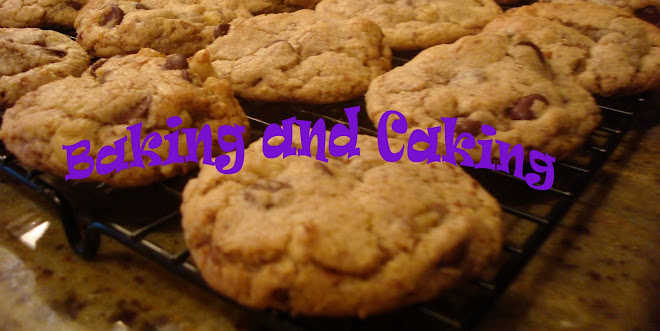Today is Purim!!!!! So in honor of this lovely holiday I made some yummy yummy hamantaschen. For some reason, my dough was incredibly sticky, so instead of rolling it out, I made individual balls and rolled them out in flour so that they wouldn't keep on sticking to the counter top. As sticky as they were, they turned out great and they didn't spread out really at all like I worried about.
I got the recipe from our ancient cookbook that my grandmother helped create for her temple when my father was just a wee little boy. It has also the classic Jewish recipes that anyone could ever ask for. The ingredients were very basic, so I didn't have to go out and buy anything. As I ran-sacked the cabinet looking for some preserves to put in, I discovered that we have about 1000 different jellies. I settled on apricot, blackberry, some raspberry that was already opened, poppy seed and chocolate chip. You can of course pick out any kind that you want!
 Ingredients:
Ingredients:
- 1 cup butter
- 3 cups flour
- 1 1/2 tsp baking powder
- 1/2 tsp salt
- 1 cup sugar
- 2 eggs
- 1/2 cup orange juice
- Any filling that you would like
- Egg white
Directions:
- Preheat oven to 350 degrees
- Cut the butter into the dry ingredients until it is in small pieces
- Add the egg and orange juice and beat on medium until well incorparated
- Roll out dough onto floured surface
- Cut out round circles with a glass or any other cookie cutter about 2-3 inches in diameter
- Put 1 tsp of filing into center of dough
- Pick up edges toward the center to form a triangle and pinch the dough together to form a triangle
- Brush the top with a beaten egg white
- Bake for 20-30 minutes, or until lightly brown

 Ingredients:
Ingredients:







